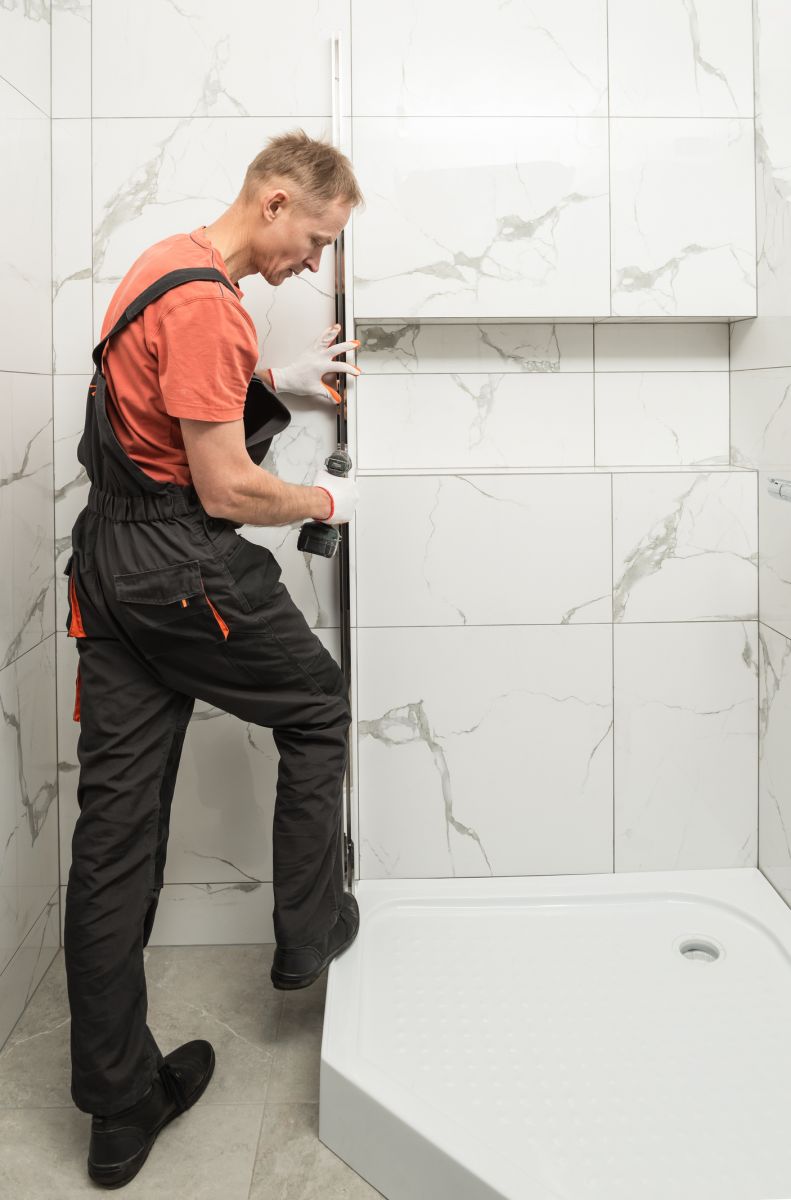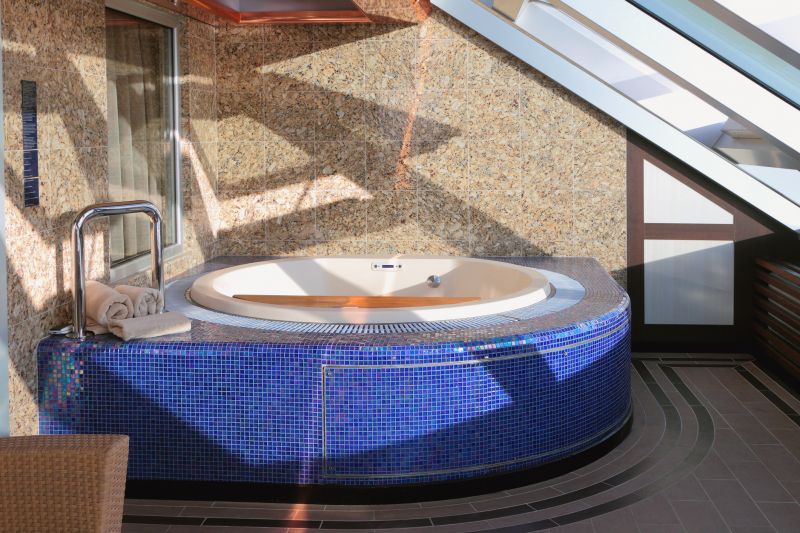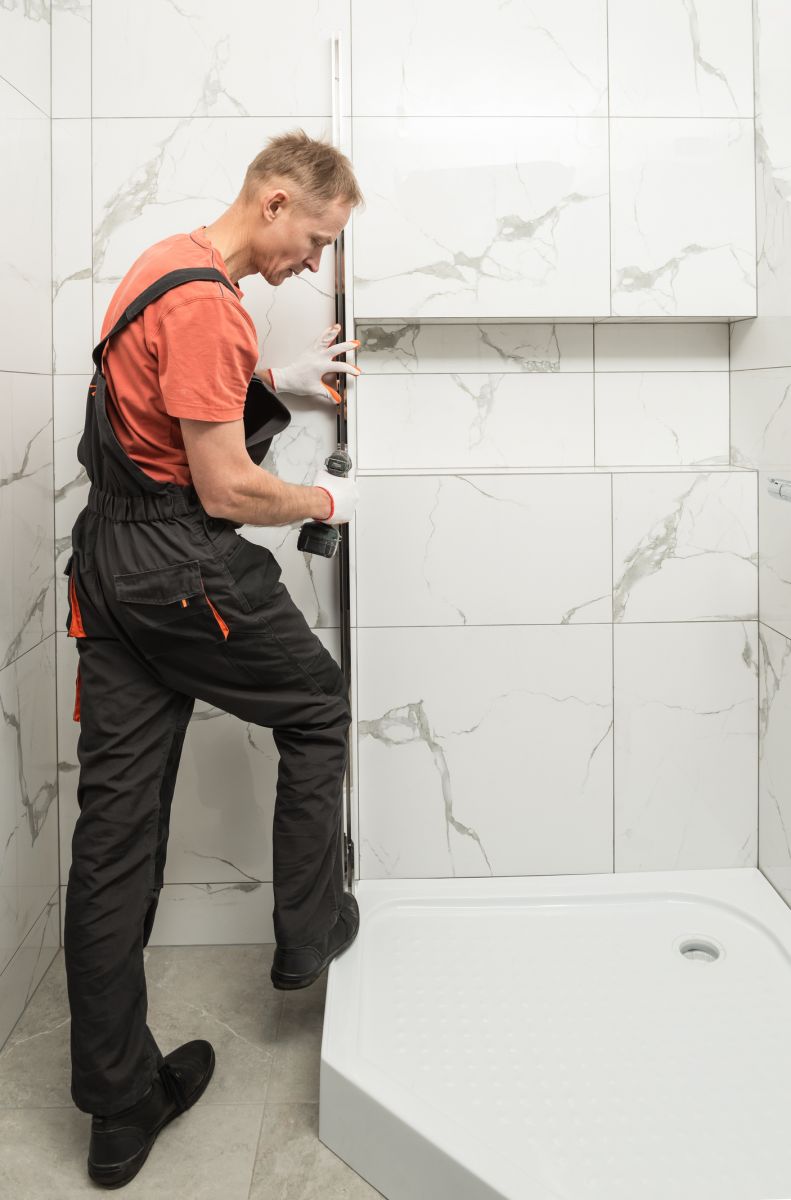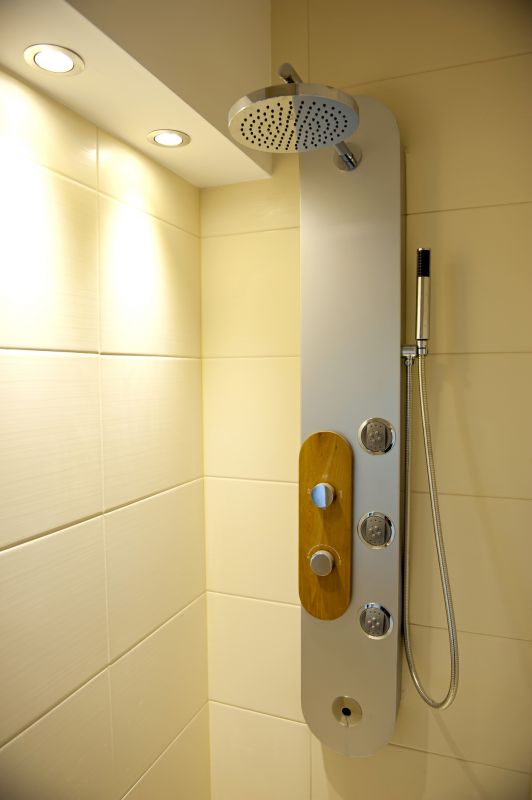Shower Base Leveling
Welcome to Aberdeen Showers
A Side-by-Side Look at Shower Base Leveling Options
Shop for A Side-by-Side Look at Shower Base Leveling

When planning a bathroom renovation or installation, one of the critical aspects to consider is the leveling of your shower base. Proper leveling ensures effective water drainage, prevents leaks, and contributes to the overall longevity of your bathroom setup. Homeowners in Aberdeen, North Carolina, will find that the local climate and typical home construction styles may influence the choice of materials and methods used for shower base leveling.
There are several common options for leveling a shower base, each with its own set of advantages and drawbacks. The choice between these options often depends on factors such as budget, existing bathroom structure, and personal preferences. Understanding these options can help homeowners make informed decisions that align with their needs and expectations.
Cement mortar is a traditional and widely used option for shower base leveling. It provides a solid and durable foundation that can accommodate various shower designs. One of the main advantages of using cement mortar is its ability to create a perfectly level surface that can support heavy tiles or stone finishes. However, it requires a longer curing time and may necessitate professional installation to ensure accuracy.
Foam shower base systems offer a modern alternative that is gaining popularity due to their lightweight nature and ease of installation. These systems are typically pre-sloped and can be quickly adjusted to fit different shower sizes. While foam bases are convenient and reduce installation time, they may not provide the same level of strength as cement mortar, making them less suitable for heavy-duty applications.
Another option is using adjustable shower base supports, which allow for precise leveling by adjusting individual legs or supports. This method is particularly useful in situations where the subfloor is uneven or when retrofitting an existing shower. Adjustable supports offer flexibility and can be a cost-effective solution, but they may require periodic adjustments over time to maintain their effectiveness.
Homeowners should also consider the type of shower pan that will be installed on the leveled base. Some shower pans are designed to work specifically with certain leveling methods, which can influence the overall performance and durability of the shower system. It's important to match the shower pan with the appropriate leveling option to ensure compatibility and optimal results.
To summarize the differences between these common options, the following table provides a concise overview:
| Option | Pros | Cons |
|---|---|---|
| Cement Mortar | Durable, strong, versatile | Long curing time, complex installation |
| Foam Base Systems | Lightweight, easy installation | Less durable, limited to lighter materials |
| Adjustable Supports | Flexible, cost-effective | Requires periodic adjustments |
When choosing the right shower base leveling option, consider the following factors:
- Budget constraints and material costs
- Existing bathroom structure and subfloor condition
- Type of shower pan and compatibility
- Desired durability and maintenance level
By evaluating these considerations, homeowners can select the most suitable option that aligns with their specific needs and ensures a successful bathroom project in Aberdeen, North Carolina.
Comparing Materials for Shower Base Leveling
Shop for Comparing for Shower Base Leveling
Evaluating Acrylic, Fiberglass, and Tile Options
When renovating a bathroom, selecting the right material for shower base leveling is crucial for both functionality and aesthetics. Homeowners in Aberdeen, North Carolina, have several options to consider, including acrylic, fiberglass, and tile. Each material offers unique benefits and drawbacks, making it important to evaluate them based on personal preferences, budget, and the specific needs of the bathroom space.
Acrylic shower bases are popular due to their lightweight nature and ease of installation. They are available in a variety of shapes and sizes, allowing for customization to fit different bathroom layouts. Acrylic is also known for its smooth surface, which makes cleaning relatively straightforward. However, it can be prone to scratches and may not have the same durability as other materials. For homeowners seeking a quick installation and a sleek look, acrylic could be a viable option.

Fiberglass is another common choice for shower base leveling. It is often more affordable than acrylic and offers good durability. Fiberglass bases are reinforced with resin, making them less susceptible to cracking under pressure. On the downside, fiberglass can become discolored over time and may require more maintenance to keep it looking new. It is a suitable option for those who prioritize cost-effectiveness and durability over long-term appearance.
Tile shower bases are favored for their aesthetic appeal and versatility. Tiles come in a wide range of colors, patterns, and materials, allowing homeowners to create a personalized look that complements their bathroom design. Tile is also highly durable and can withstand heavy use. However, installation can be labor-intensive and costly, and grout lines may require regular maintenance to prevent mold and mildew. For those who value customization and are prepared for the upkeep, tile can be an excellent choice.
Each material has its own set of trade-offs, making it important to weigh the pros and cons carefully. Factors such as longevity, maintenance, and overall cost should be considered before making a decision. In Aberdeen, North Carolina, where humidity can be a concern, the durability and maintenance requirements of each material might play a significant role in the selection process.
| Option | Pros | Cons |
|---|---|---|
| Acrylic | Lightweight, easy to install, smooth surface | Prone to scratches, less durable |
| Fiberglass | Cost-effective, durable | Can discolor, requires maintenance |
| Tile | Highly customizable, durable | Costly, labor-intensive installation |
- Acrylic: Quick installation, sleek look
- Fiberglass: Cost-effective, durable
- Tile: Customizable, aesthetic appeal
Ultimately, the choice of material for shower base leveling should align with the homeowner's priorities and the specific conditions of the bathroom environment. Whether opting for the ease of acrylic, the durability of fiberglass, or the customizable nature of tile, each option offers unique advantages that can enhance the overall bathroom experience.
Installation Approaches for Leveling a Shower Base
Shop for Installation Approaches for Leveling a Shower Base
A Look at Mortar Bed, Pre-Sloped Base, and Foam Board Methods
When considering the installation of a shower base, homeowners in Aberdeen, North Carolina, have several options to ensure a level and durable foundation. The choice often depends on factors such as budget, ease of installation, and the specific conditions of the bathroom space. Among the most common approaches are using a mortar bed, a pre-sloped base, and foam board methods. Each has its unique attributes and potential drawbacks that should be considered carefully.
The mortar bed method is a traditional approach that provides a solid and customizable base. It involves mixing and applying a mortar compound beneath the shower base to ensure it is level. One of the main advantages of this method is its ability to accommodate uneven floors, making it ideal for older homes where floors may have settled over time. However, it requires a certain level of skill to mix and apply the mortar correctly, and it can be more time-consuming compared to other methods.

In contrast, a pre-sloped base offers a more straightforward installation process. These bases are manufactured with a built-in slope to direct water towards the drain, reducing the need for additional adjustments. They are often made from durable materials and can be installed relatively quickly. The downside is that they may not fit perfectly in every space, especially if the bathroom dimensions are non-standard. This approach suits homeowners looking for a quicker installation with less room for error.
Foam board methods provide another alternative, offering a lightweight and easy-to-handle solution. Foam boards are designed to be waterproof and can be cut to fit almost any shower configuration. This flexibility is advantageous in custom bathroom designs. However, the material may not be as robust as other options, and it might require additional support to ensure long-term durability. It's a suitable choice for modern homes with unique design requirements.
When choosing the best approach, homeowners should consider the specific conditions of their bathroom, their budget, and the level of customization they desire. Each method has its strengths and can be tailored to meet the individual needs of a project.
| Option | Pros | Cons |
|---|---|---|
| Mortar Bed | Customizable, accommodates uneven floors | Requires skill, time-consuming |
| Pre-Sloped Base | Easy installation, built-in slope | Limited to standard sizes, less flexible |
| Foam Board | Lightweight, customizable | May require additional support, less robust |
- Mortar Bed: Ideal for older homes with uneven floors
- Pre-Sloped Base: Suitable for standard-sized bathrooms
- Foam Board: Fits custom designs and modern homes
Ultimately, the decision on which shower base leveling method to use should be informed by the specific needs of the project and the conditions of the home. Considering these factors will help ensure a successful installation that meets the homeowner's expectations.





